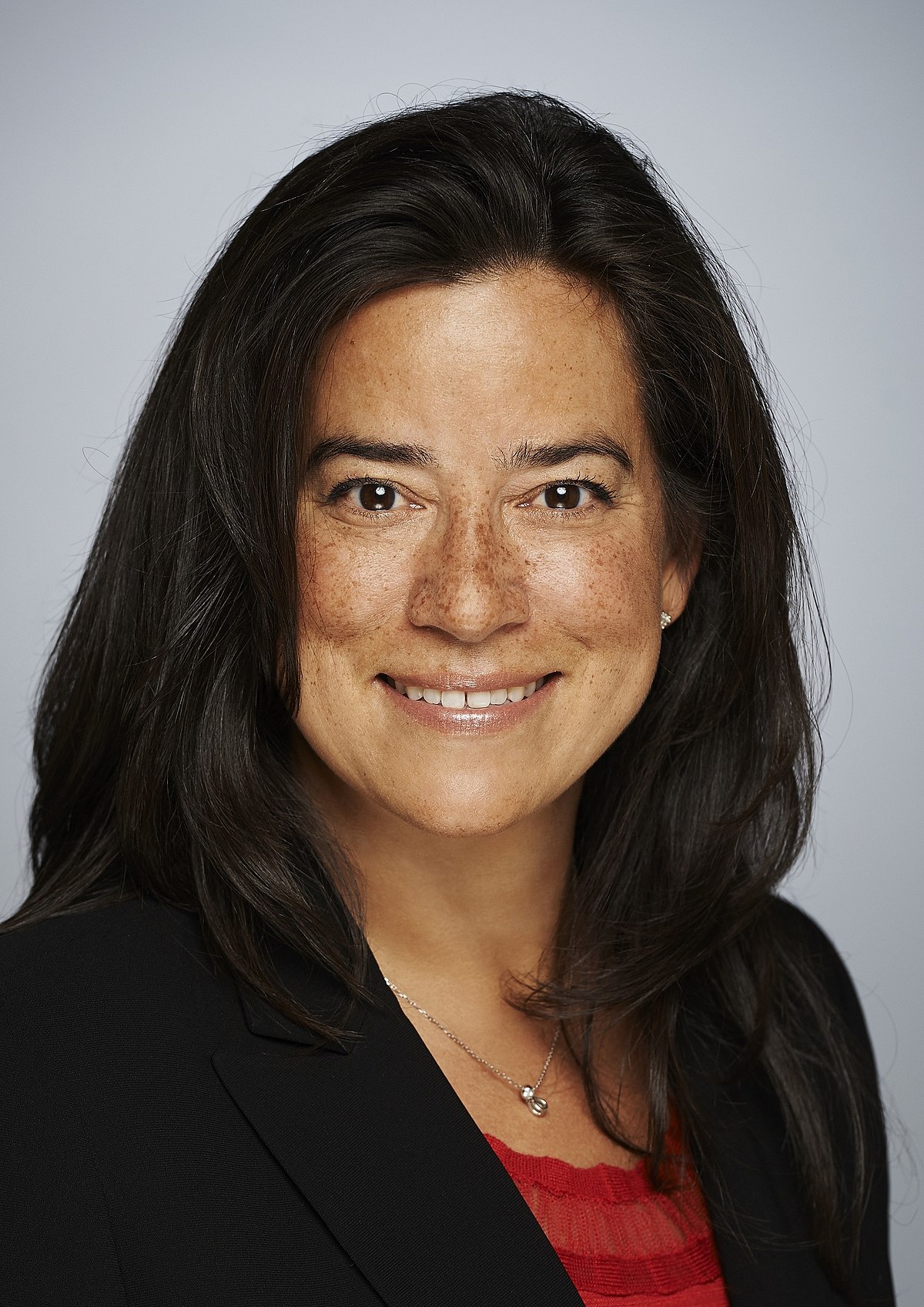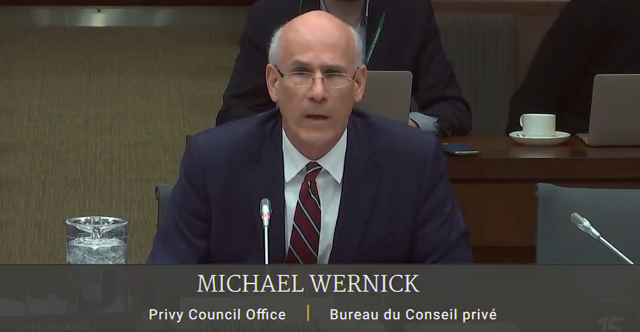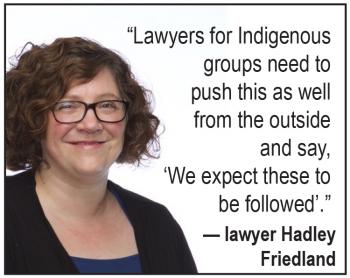Image Caption
Summary
Windspeaker.com Contributor
One of Jody Wilson-Raybould’s final acts as Attorney General and Justice Minister should make a significant difference in how government lawyers deal with Indigenous issues moving forward.
On Jan. 11, four days after finding out she would be shuffled out of the portfolio, Wilson-Raybould issued the Directive on Civil Litigation Involving Indigenous Peoples.
The directive is to guide the federal government’s legal approaches, positions and decisions taken in civil litigation involving Aboriginal and treaty rights, and the Crown’s obligation towards Indigenous peoples. Three days later, Wilson-Raybould became minister of Veterans Affairs.
“The significance of these litigation principles cannot be over-estimated. I think the principles themselves are quite significant,” said lawyer Hadley Friedland, who is also an assistant professor in the Faculty of Law at the University of Alberta.
In the preamble to the directives, Wilson-Raybould said the new approach was a move away from the often adversarial process the government used to resolve conflicts.
“This is why a core theme of the directive is to advance an approach to litigation that promotes resolution and settlement, and seeks opportunity to narrow or avoid potential litigation,” she wrote.
Friedland says it is clear the 20 guidelines set out in the new civil litigation directive were carefully thought out and in the works for quite some time.
Wilson-Raybould referenced in her preamble that the directives were a response to Prime Minister Justin Trudeau’s mandate letter for a “fundamental change in Canada’s relationship with Indigenous peoples…”

The guidelines, before they became a directive, have been used by the Justice Department for the past two years.
“These litigation principles … say there’s an ethical requirement of the Department of Justice lawyers who are engaging in litigation with indigenous groups that isn’t just zealous advocacy for their clients, the Crown,” said Friedland.
She points to a court case in Alberta as an example of how litigation might change under the directive. In 2008, the Supreme Court of Canada ruled against descendants of Papaschase First Nation, saying that too much time had passed for descendants to proceed with a lawsuit against the federal government. Descendants had claimed $2.5 billion in compensation for land taken from the First Nation south of Edmonton.
Prior to this case, there was some question as to whether Canada could, or should, argue against Aboriginal claims based on technical arguments like limitation periods.
After this case, the Aboriginal bar saw an increase in Canada invoking these types of technical defences against Aboriginal claims. There seemed to be a sense that Aboriginal litigation could be conducted like any other civil litigation—with a "gloves off" adversarial approach.
Guideline 14 says limitation defences and other such technical and procedural defences will no longer be the regular go-to actions of the government.
“I don’t think this (guideline) will open the government up to more claims, but it will prevent them from dismissing claims that have merit just on basis that they weren’t brought soon enough and they have been doing that quite a bit,” said Friedland.
While the directive states litigation is the last resort, it recognizes that Indigenous people are entitled to choose their legal avenues.
Some of the “most powerful” guidelines which will promote reconciliation even more, are those that aren’t “legally as relevant,” Friedland points out.
Guidelines eight and nine direct communication to be carefully considered as well as respectful and clear.
“That’s a powerful switch setting those high, high standards of respect with a mind towards reconciliation,” she said.
While the directive is not legally binding, “it will be quite persuasive to lawyers,” said Friedland.
“Lawyers for Indigenous groups need to push this as well from the outside and say, ‘We expect these to be followed’.”
Friedland is hopeful that new Attorney General David Lametti will be serious in implementing and enforcing the directive.
“I hope what we will see is less conflict for the sake of conflict and a focus on lawyers acting with honour of the Crown, taking these concepts of reconciliation and mutual respect and honour of the Crown, and saying, ‘We want our lawyers and our counsel to uphold these as well,’” said Friedland.
Privy Council Clerk Michael Wernick, in an off-topic aside in his second round of testimony before the Justice Committee on the SNC-Lavalin affair on March 6, called upon the committee to hold hearings on the directive.
“The directive to all government of Canada litigators could mark a profound change in Canada’s legal landscape. However, it could be repealed or gutted at the stroke of a pen and turn to ashes. All political parties now need to be clear with Canadians on the future of this directive,” he said.


